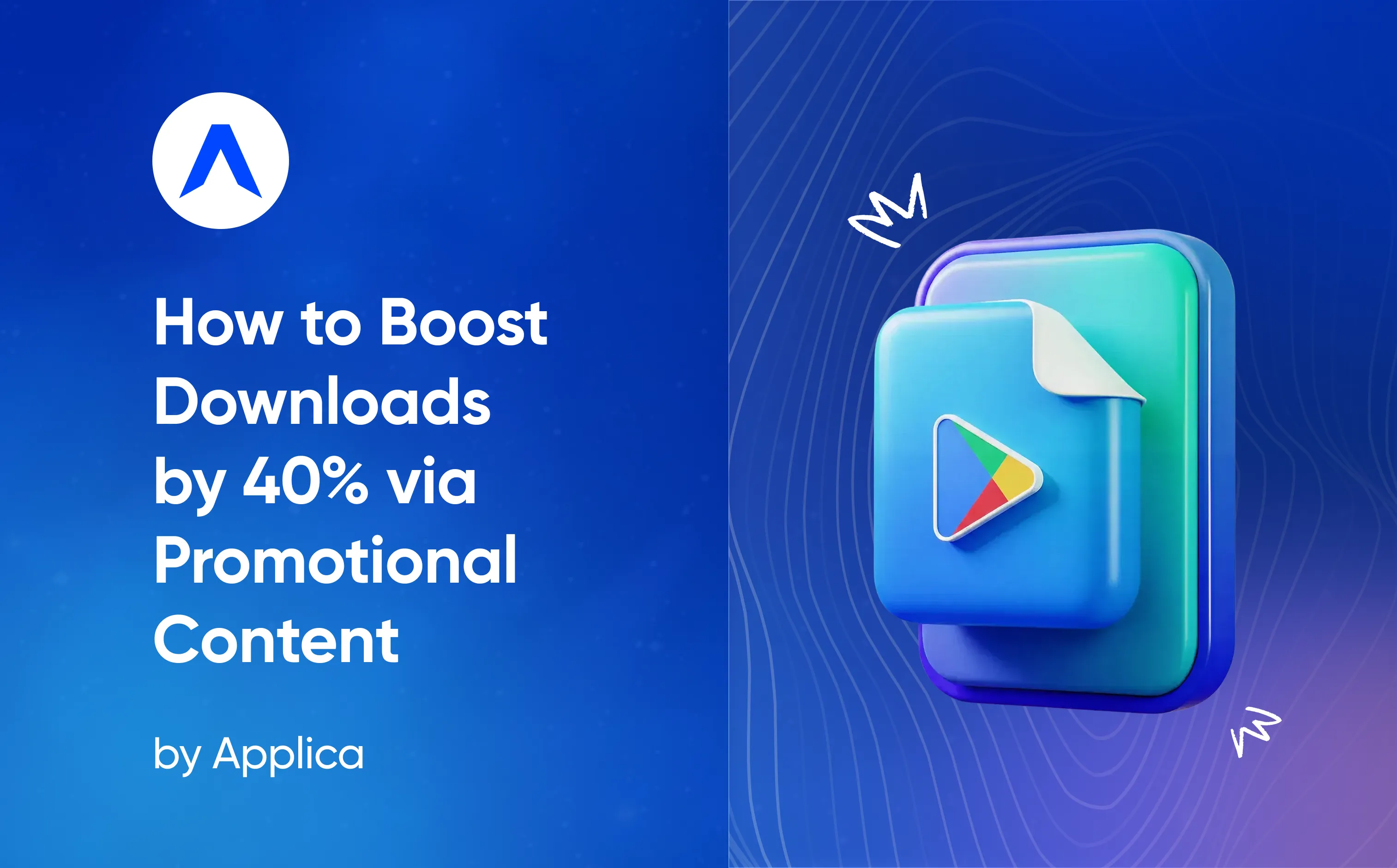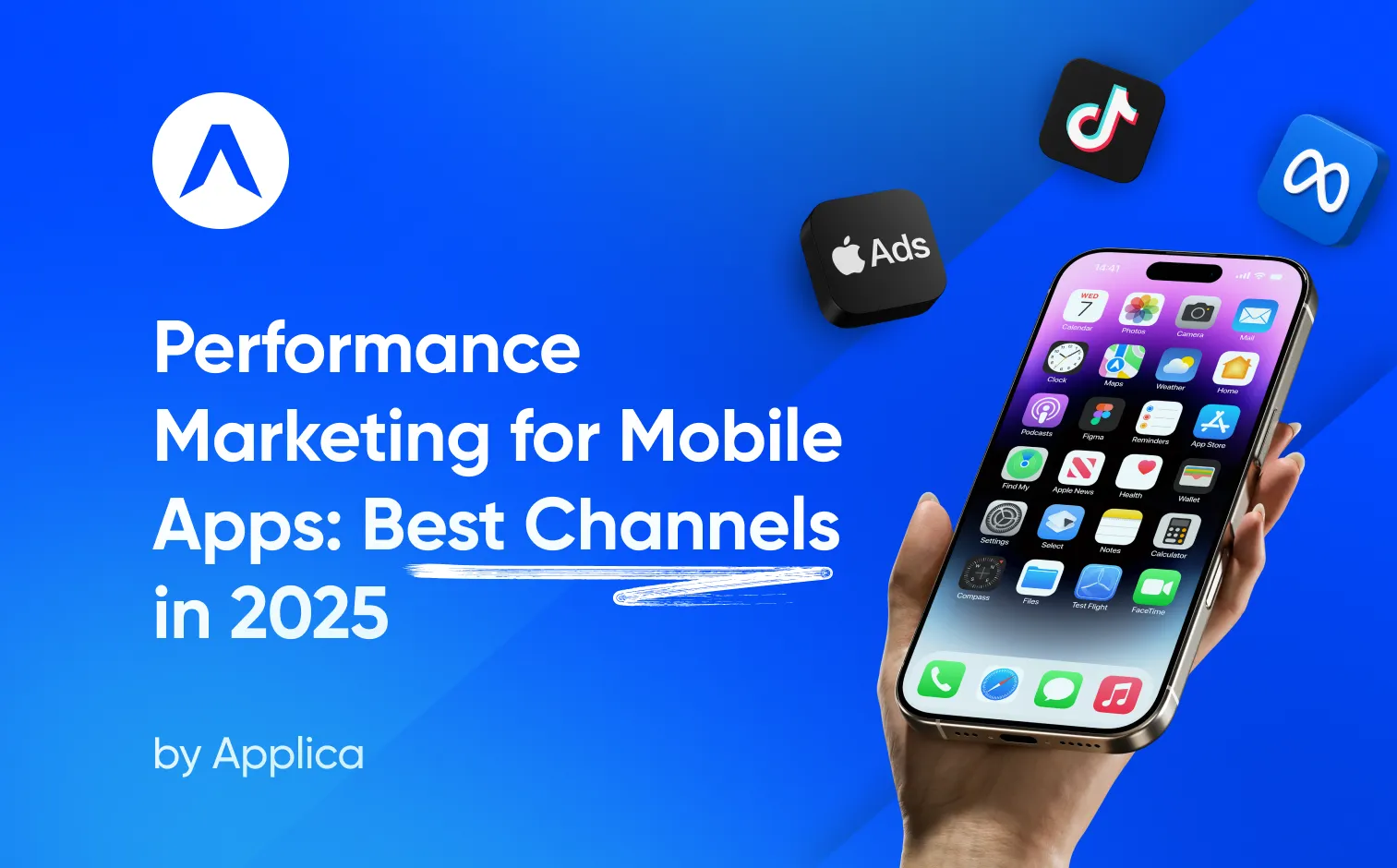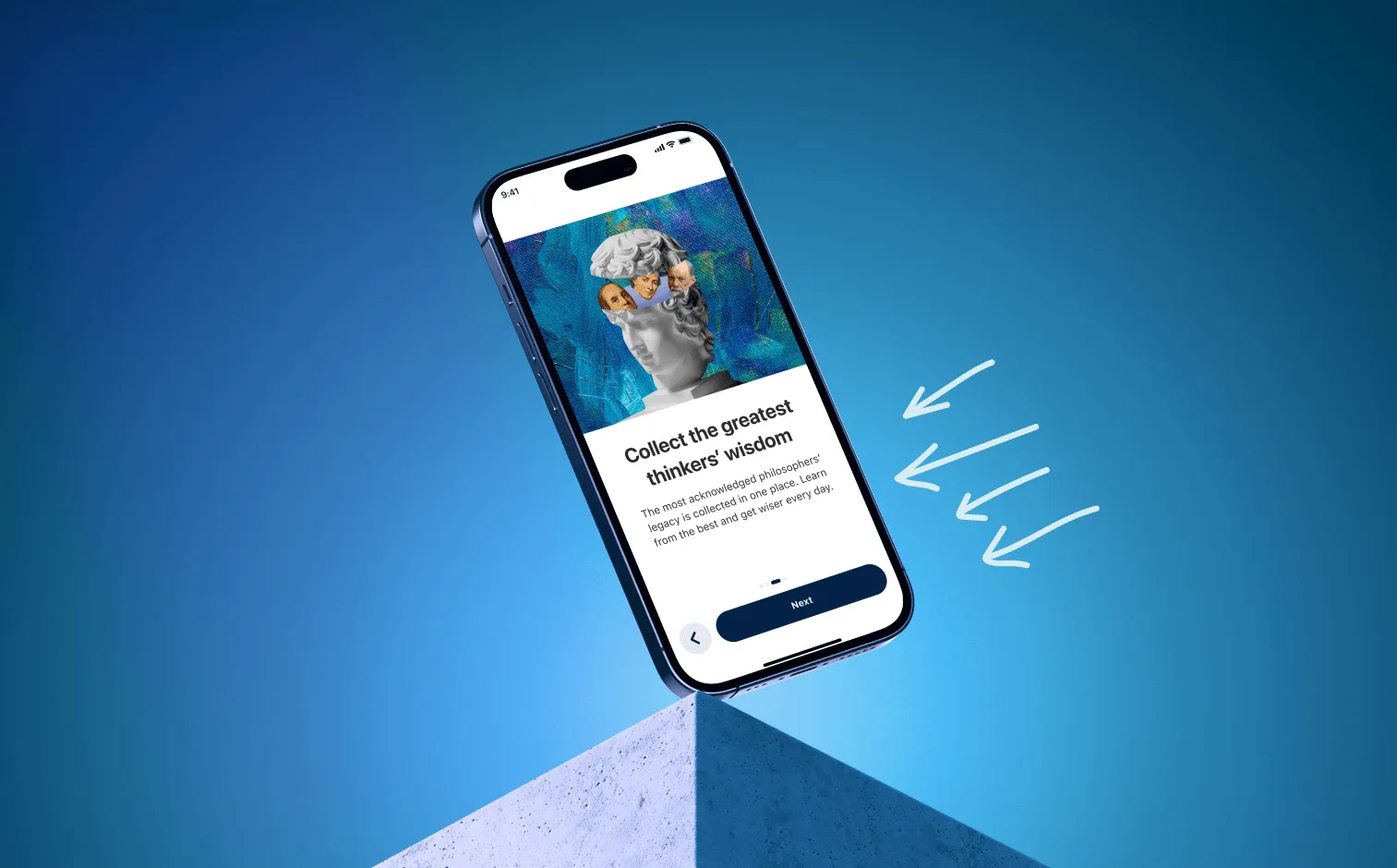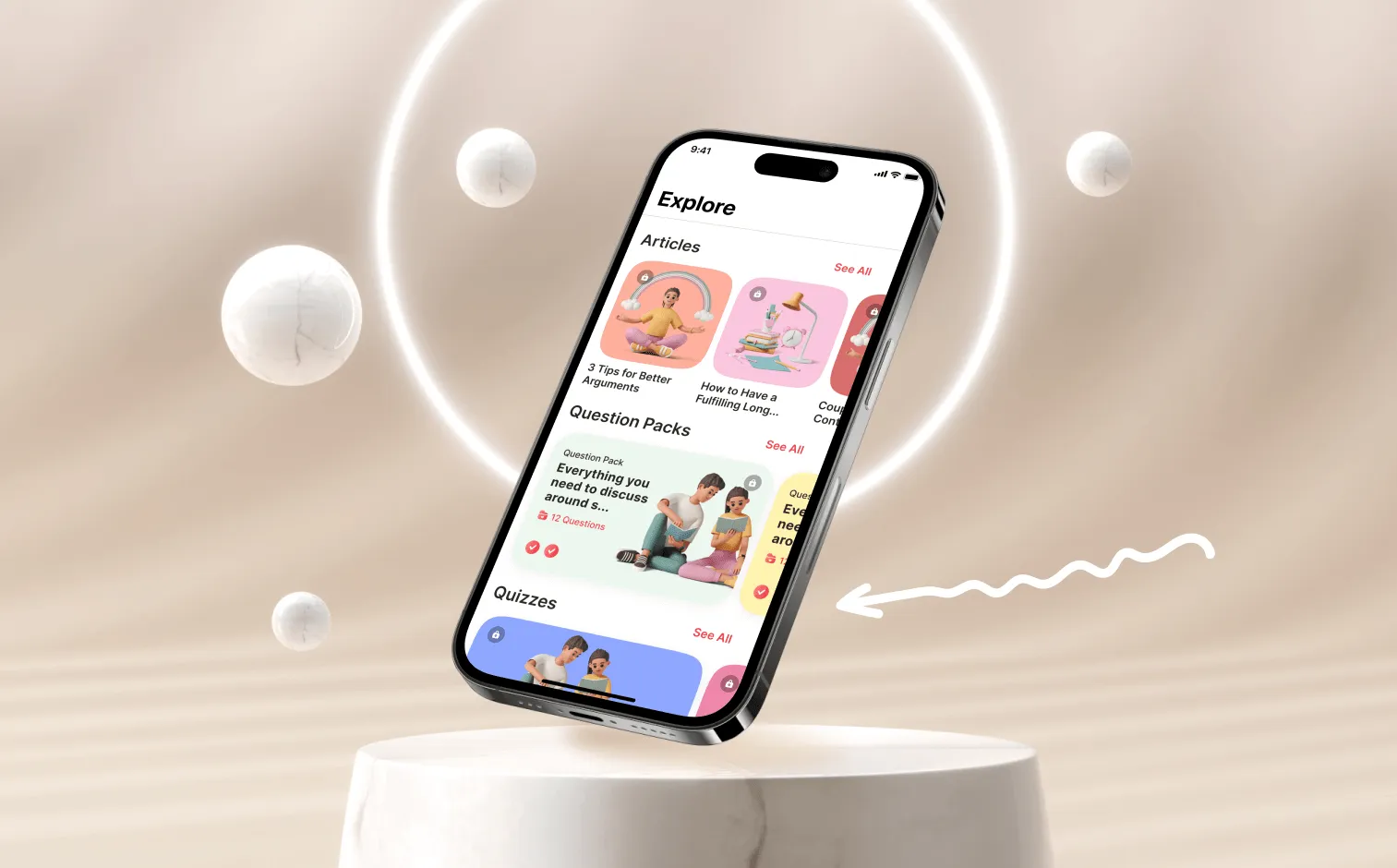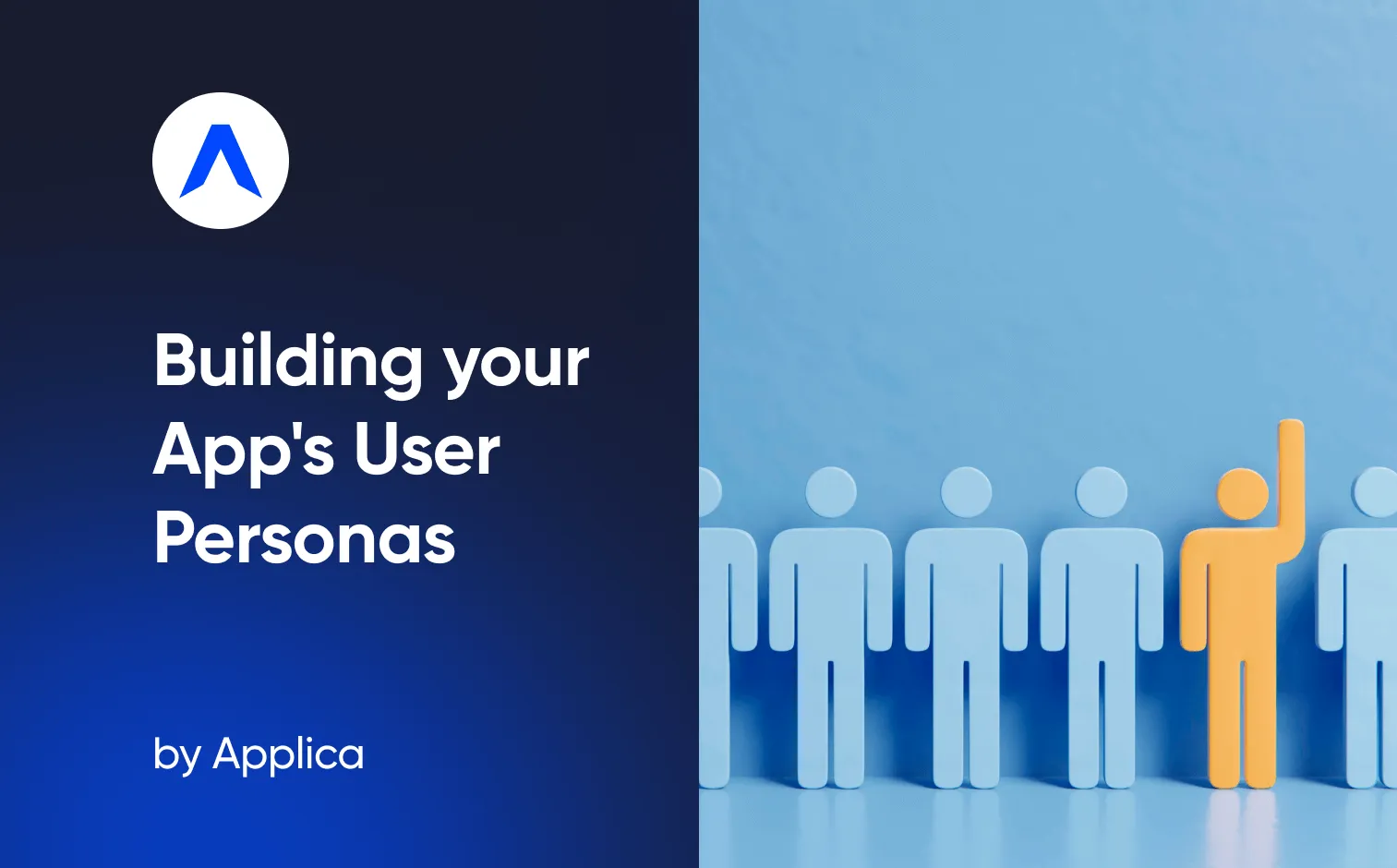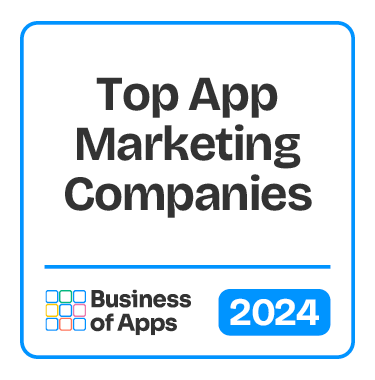To Begin With, What Are Paywalls?
Paywalls are a type of barrier that restrict access to online content. They are commonly used by news websites and other online publishers to limit the amount of content available to non-subscribers. The idea is that readers must pay a fee to gain access to the full content. This can be a one-time fee, or a monthly or yearly subscription fee. The purpose of the paywall is to generate additional revenue for the publisher, while also providing an incentive for readers to sign up for a subscription.
In apps, paywalls are used to restrict access to premium features. For example, a game might require players to pay a fee to unlock additional levels or features. Paywalls in apps can also be used to restrict access to certain content, such as exclusive news stories or articles.
Most Popular Paywall Designs That Convert
The most popular paywall designs that convert in apps are those that provide users with an incentive to make a purchase. For example, offering users a free trial period, discounts, or a special offer can help to increase conversions. Additionally, it is important to make sure that the paywall design is easy to understand and navigate, while also providing users with a clear explanation of what they will get in return for their purchase. Furthermore, it is important to ensure that the paywall design is consistent across the app, with the same design elements and messaging used throughout. Finally, it is important to implement a payment system that is secure and reliable. By taking these factors into account, developers can create a paywall design that will convert and help to generate revenue for the app.
Before creating a paywall for an app, there are several important steps to take in order to ensure a successful launch. First, it is important to determine the exact cost structure for the paywall, including any and all fees associated with the purchase. Additionally, it is important to research the target audience to ensure that the paywall is properly tailored to their needs and preferences. Additionally, it is important to develop a clear and concise marketing strategy to ensure that the paywall is successfully communicated to potential customers. Finally, it is important to consider the customer experience when designing the paywall, making sure that the user experience is optimal and that the process of purchasing is seamless and secure. Taking these steps before launching the paywall can help ensure a successful launch.
Adding Permission to Play
Be aware of the rules for paywall screens for iOS and Android. Unfortunately, you can still be easily disapproved if your purchase page doesn’t seem right to the review team. It can happen after your first or 10th submission. To be safe, always have a backup page that strictly follows the rules.
An app with a paywall can demonstrate its value to users by offering exclusive content or features that are only accessible to paying users. This content or features may include additional levels of difficulty, bonus levels, or access to special in-game items or abilities. Paywalls also give app developers a way to monetize their work, allowing them to continue to work on and improve their app. By offering users a way to get access to exclusive content or features, apps with paywalls can demonstrate their worth and encourage users to make a purchase.
Adding Incentives
Adding incentives to an app's paywall can be a great way to increase user engagement and revenue. For example, offering discounts or exclusive content to those who sign up for a paid subscription can make users feel like they are getting something extra for their money. In addition, providing users with rewards for completing certain tasks or sharing the app with their friends can help to encourage more users to join the paid subscription. This can also help to increase user loyalty, as users will be more likely to remain subscribed if they are rewarded for their loyalty. Finally, providing incentives can help to make users feel more confident in their decision to join the paid subscription, as they know they are getting something extra in return.
Ensuring Transparency
Ensuring transparency in an app's paywall is an important factor to consider when developing an app. Developers should ensure there is a clear understanding between users and the app itself on how paywalls will be implemented. This includes a detailed explanation of what types of payments are accepted, how much each payment option costs, and how the user will be charged. Additionally, the app should provide an accessible way for users to view their transaction history and understand their current payment status. Developers can also incorporate publicly available data and analytics to show the impact of their paywall system. By providing users with a clear understanding of their payment options and transaction history, developers can maintain transparency and trust with their users.
Best practices to ensure that the subscription paywall is transparent include making sure that users are clearly informed about the costs associated with any in-app purchases, and that the pricing is clearly displayed. Additionally, users should be aware of any limits or restrictions associated with their purchase and any additional fees that may be charged. It is also important to provide users with an easily accessible way to manage their payments and review their transaction history. Finally, the app should clearly explain any automatic renewal policies and provide users with a way to easily opt out of auto-renewal.
Single Plan Paywall
A Single Plan Paywall is a paywall where only one pricing plan is presented. Users are asked to pay a set fee in order to access content or services. This type of paywall is considered to be ideal for content creators who want to establish a predictable stream of revenue since customers are not presented with different pricing options that could confuse the purchasing decision. Additionally, a single plan paywall is attractive to customers who want a straightforward pricing plan and don't want to search for the best deal. This type of pay wall is also effective at converting visitors into paying customers since the pricing plan is clear and they don't have to spend time researching and comparing prices.
Multiplan
A Multiplan Paywall is a paywall where a user has several pricing plans to choose from. These plans are tailored to the specific needs of the user and may include a range of features and services. For example, a user may choose a plan that includes access to extra content, promotional offers, discounts, and other benefits. The paywall also provides a secure and reliable payment gateway to protect the user’s financial information. Additionally, the paywall allows for easy integration with other platforms and applications. This allows the user to access their content across devices and platforms, making the Multiplan Paywall an invaluable tool for those who need to manage and control their online content.
Paywall Texting
Writing the texts for the app's paywall is an important part of the user experience. It is important to ensure that the language used is clear and concise, while also providing a strong incentive for the user to purchase the paid version of the app. The language should be straightforward and easy to understand, while also being persuasive and convincing in order to drive the user to make the purchase. Additionally, the text should include any relevant information about the features of the upgrade, such as how much the upgrade will cost and what additional benefits the user will get by upgrading. The text should also be tailored to the target audience of the app, as this will help to ensure that the user understands the value of the upgrade and is more likely to make the purchase.
Trial Toggle
The Trial Toggle paywall is a feature that enables users to bypass the free trial requirement of a subscription-based product or service. It allows users to switch the Trial Toggle to an ‘opt-in’ or ‘opt-out’ setting, thereby enabling them to choose whether or not to proceed with the free trial period. This feature is particularly helpful for businesses that want to give potential customers a chance to try out their product or service without requiring them to commit to a full subscription. By using the Trial Toggle, businesses can increase their conversions and revenue while also providing their customers with a more convenient and flexible way to experience their product or service.
Modal Paywall
The Modal Paywall is a popular in-app purchase feature that allows app developers to monetize their apps while providing users with an easy payment option. The Modal Paywall is a great way to increase revenue while providing users with a seamless payment experience. It works by prompting users with a pop-up window when they try to access a premium feature or content. The user then has the option to purchase the item or continue without it. This type of paywall is especially useful for apps that offer a range of content and features, as it allows users to select what they want to buy while also giving developers the ability to monetize their apps.
Landing Page Paywall
The Landing Page Paywall in apps is a great tool for app developers. It provides social proof by displaying customer reviews and ratings, explaining the paid features and their value better, and providing a FAQs section to answer common questions. This paywall gives app developers an opportunity to promote their apps and allow users to purchase additional content. It also helps to upsell and cross-sell, by displaying additional content that users can purchase. This feature can help increase conversion rates, as potential customers are more likely to purchase when they are presented with the full value of the product. Additionally, the Landing Page Paywall can be used to drive engagement by providing exclusive content and offers.
The Standard Paywall
The standard paywall for apps is unscrollable. It is a type of digital wall that blocks access to content unless the user pays a fee. The paywall is used to monetize an app or content, and it is easily implemented. It is a great way to monetize content and can be used in various ways, such as offering a subscription service, allowing access to certain content based on payment, or even offering a trial period for a set fee. The standard paywall is very secure, and it is implemented in a way that does not interfere with the user experience. It is also extremely easy to manage and can be adjusted to accommodate different user preferences.
Contact Us for Paywall Designs
We can help you make a paywall that truly converts. Contact us to find the perfect fit for your app.




